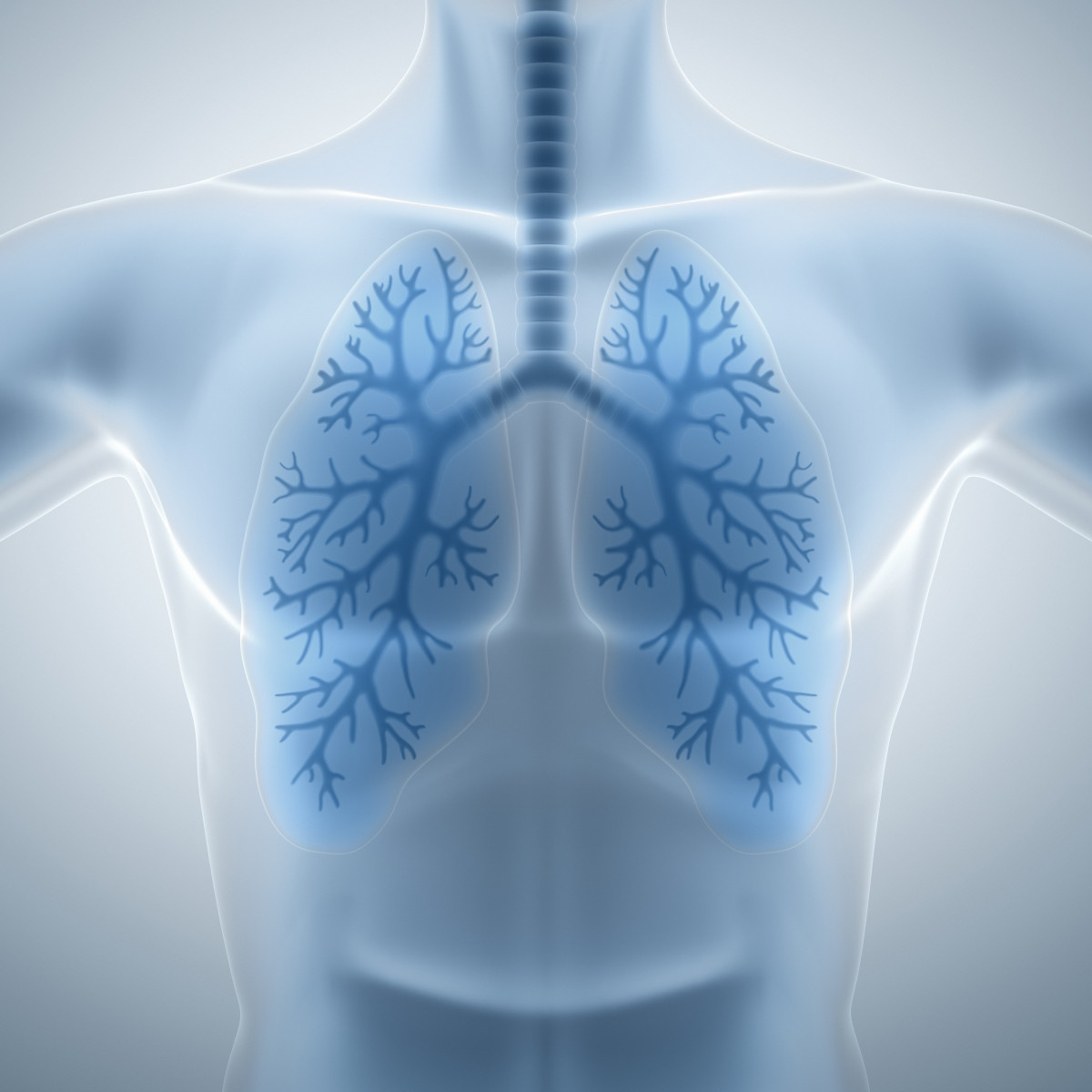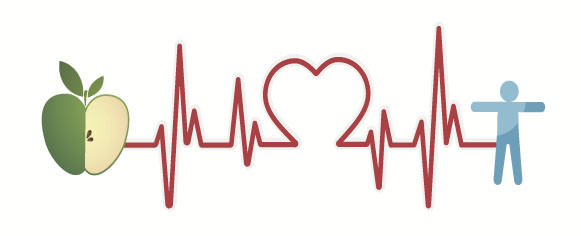Hypoxemia
Overview | Possible Causes | Care and Treatment | HOME REMEDies | When to Call the Doctor | References

Overview
Hypoxemia occurs when levels of oxygen in the blood are lower than normal. If blood oxygen levels are too low, your body may not work properly.
Blood carries oxygen to the cells throughout your body to keep them healthy. Hypoxemia can cause mild problems such as headaches and shortness of breath. In severe cases, it can interfere with heart and brain function. Hypoxemia that causes low oxygen levels in your body’s tissues is called hypoxia. Sometimes people use the two terms interchangeably, but they are not the same thing.
Possible Causes
A variety of conditions and circumstances can interfere with the body’s ability to deliver normal levels of oxygen to the blood. Some of the most common causes of hypoxemia include:
- Heart conditions, including heart defects
- Lung conditions such as asthma, emphysema, and bronchitis
- Locations of high altitudes, where oxygen in the air is lower
- Strong pain medications or other problems that slow breathing
- Sleep apnea (impaired breathing during sleep)
- Inflammation or scarring of the lung tissue (as in pulmonary fibrosis)
Care & Treatment
Diagnosis
To diagnose hypoxemia, your doctor will do a physical examination to listen to your heart and lungs. Abnormalities in these organs can be a sign of low blood oxygen. Your doctor may also check to see if your skin, lips, or fingernails look bluish.
Doctors use tests to check your oxygen levels, including:
- Pulse oximetry: A sensor that slips over your finger measures the amount of oxygen in your blood. Pulse oximetry is painless and noninvasive. Many doctors use it routinely each time you visit.
- Arterial blood gas test: A needle is used to take a blood sample from your artery to measure the levels of oxygen in your blood.
- Other breathing tests: These might involve breathing into tubes that are connected to computers or other machines.
Treatment
Treatment for hypoxemia aims to raise the levels of oxygen in the blood. Doctors can use medications to treat underlying conditions that cause hypoxemia. These medications are often given through an inhaler that enables you to breathe the medicine into your lungs.
In more severe cases, your doctor may prescribe oxygen therapy. People typically receive extra oxygen through a device called a cannula (tube) that is clipped to the outside of the nose, or through a breathing mask. The location and amount of time people receive oxygen therapy is based on individual needs. You may receive oxygen at home, with a portable machine while you travel, or in the hospital.
Home Remedies
There are steps you can take to prevent hypoxemia from returning after treatment. To increase the oxygen levels in your blood, your doctor may recommend:
- Deep breathing exercises
- Mild exercise such as walking or yoga
- Eating a healthy diet
- Drinking plenty of water
- Quitting smoking
When to Call the Doctor
Contact your doctor if you experience symptoms of hypoxemia. Early diagnosis and treatment can help ensure the condition does not get worse and cause dangerous complications.
To book online consultation with our expert doctor click on the link below
Reference
- https://www.mayoclinic.org/symptoms/hypoxemia/
- https://www.ncbi.nlm.nih.gov/books/NBK482316/
- https://my.clevelandclinic.org/health/diseases/17727-hypoxemia






































































































